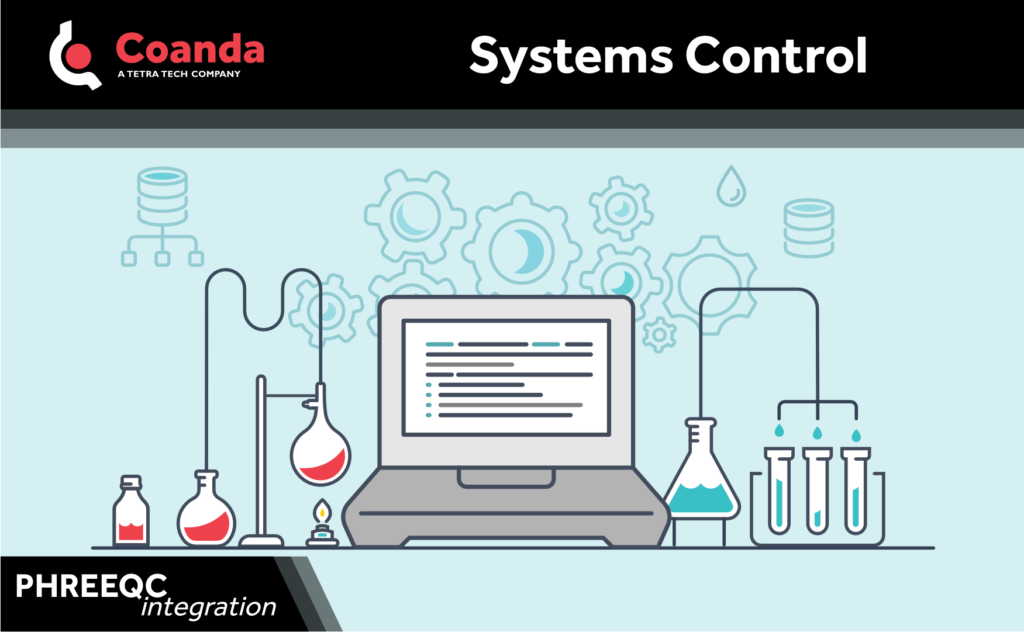PHREEQC
Posted on December 6, 2024 Instrumentation & Equipment Design
Coanda routinely integrates multi-scale/multi-disciplinary mathematical modeling tools such as Computational Fluid Dynamics for flow field assessment and Process Simulators for the characterization of thermodynamic behaviour, in order to optimize unit operation performance in process industry. Recently we extended our modeling capabilities to include high ionic strength aqueous chemistry for the development of a complex control algorithm for a fluidized bed chemical precipitation reactor. By integrating PHREEQC in our controls software, we were able to correct for changes in process temperature and solution chemistry in real-time, making process measurement interpretation significantly more robust.

PHREEQC is a powerful software tool developed by the U.S. Geological Survey for modeling (geo-)chemical reactions in groundwater, laboratory experiments and industrial processes. It is capable to simulate a wide range of chemical processes, including speciation, batch reactions, one-dimensional transport, and equilibrium or kinetic reactions with minerals, gases, and solid solutions. With extensive thermodynamic databases and support for scripting, PHREEQC is widely used for understanding complex geochemical interactions, evaluating environmental impacts, and supporting decision-making in mining, oil and gas, agriculture, groundwater management, pollution control and resource extraction.
By leveraging PHREEQC through the phreeqpython package, we were able to simulate the reactor behaviour under operating and upset conditions prior to deployment. This approach allowed us to stress-test the control scheme and optimize the control parameters to ensure stability and efficiency. This ultimately led to the control philosophy working as designed ‘out of the box’, with minimal field tuning required. phreeqpython allows for seamless integration into Python workflows, supporting scalable simulations, coupling with numerical models, and use in machine learning or data analytics for sophisticated environmental and industrial applications. In this application, we were able to make informed decisions and refine our design well before the physical assembly, reducing the risk of costly adjustments during setup and enhancing overall process reliability.


